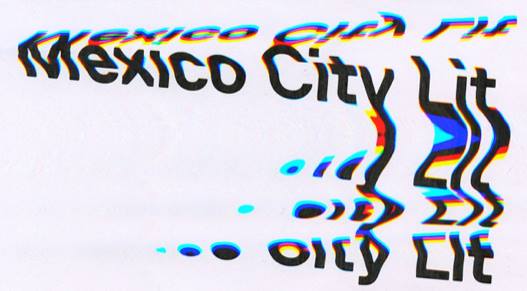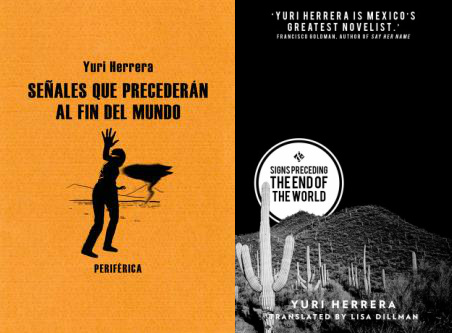1. Katzenberg
The phone rang twenty times. The caller must have been thinking that I live in a villa where it takes forever to get from the stables to the phone, or that there’s no such thing as cordless phones here, or that I experience fits of mystic uncertainty and have a hard time deciding to pick up the receiver. That last one was true, I’m sorry to say.
It was Samuel Katzenberg. He had come back to Mexico to do a story on violence. Last visit, he’d been traveling on The New Yorker’s dime. Now he was working for Point Blank, one of those publications that perfume their ads and print how-to’s on being a man of the world. It took him two minutes to tell me the move was an improvement.
“In Spanish, point blank is ‘a quemarropa.’” Katzenberg hadn’t grown tired of showing off how well he spoke the language. “The magazine doesn’t just publish fluff pieces; my editor looks for serious stories. She’s a very cool mujer, a one-woman fiesta. Mexico is magical, but confusing. I need your help to figure out which parts are horrible and which parts are Buñuel-esque.” He tongued the ñ as if he were sucking on a silver bullet and offered me a thousand dollars.
Then I explained why I was offended.














